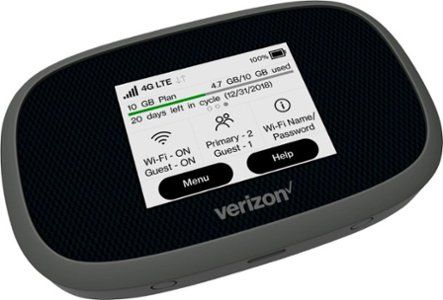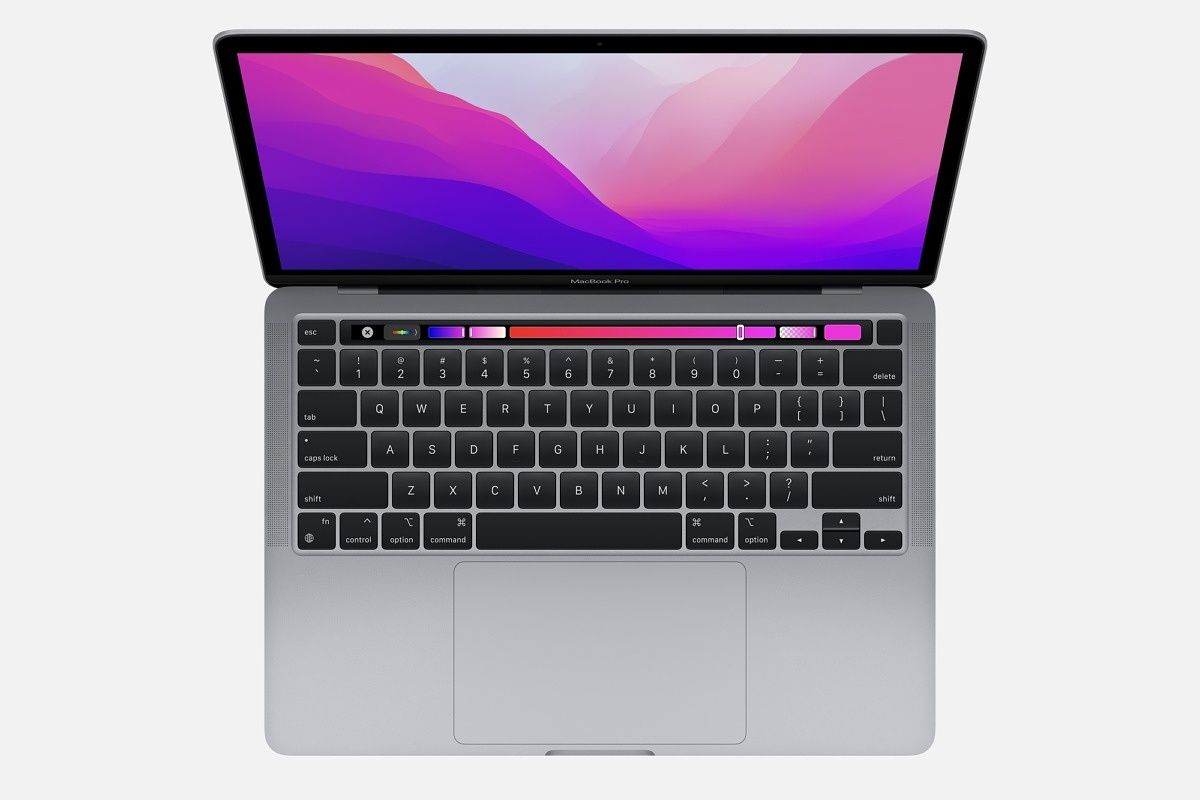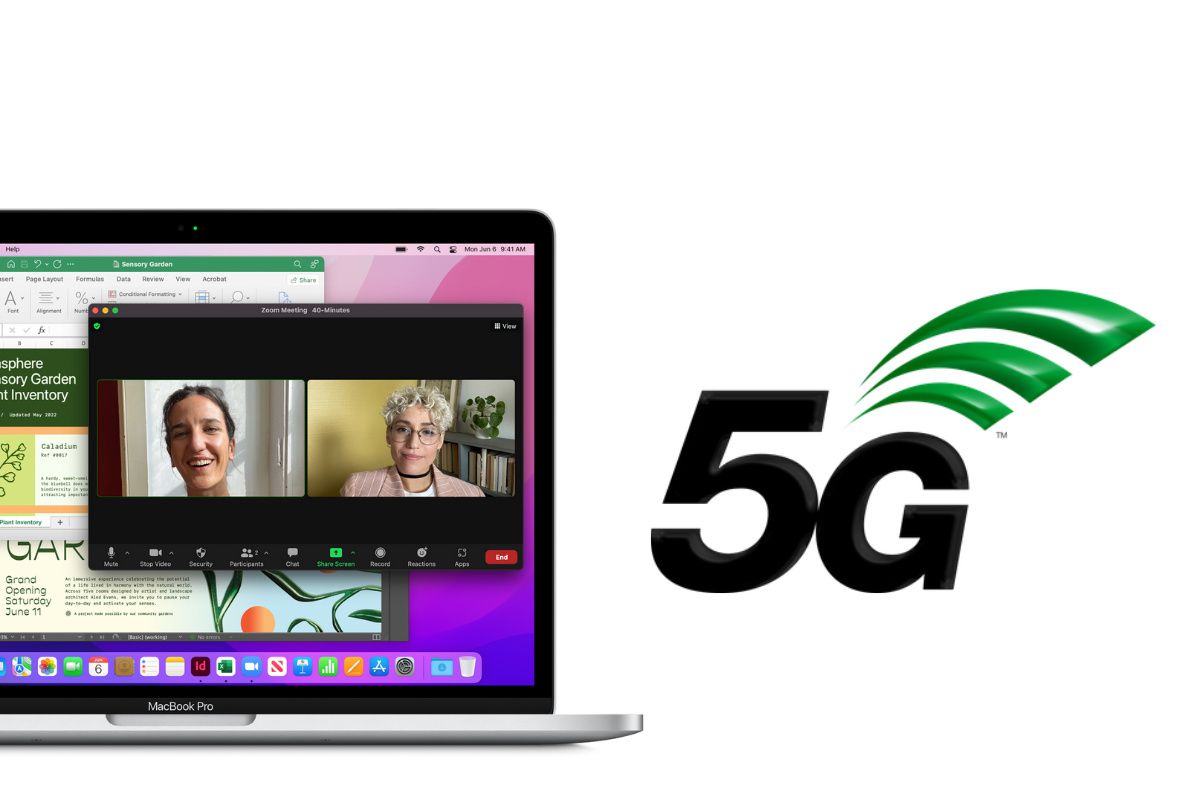Apple's MacBook Pro 13 (2022) model is available for pre-order, set to release on June 24. Despite having the appearance of the older MacBook Pro, the internals are all new, making use of Apple's recently announced M2 SoC. With the latest update, you might be wondering whether Apple has finally added 5G to its laptop? Sadly, even in 2022, it has not added any form of cellular connectivity to its MacBook Pro 13 (2022).
Why is cellular connectivity important?
Being able to connect online anywhere, at any time, is game-changing. With the advancements in cellular networks, speed and bandwidth have increased, making it viable to use laptops or other bandwidth-hungry devices while on the go. This is especially true now that 5G networks are becoming more mainstream, but, even if you don't have access to 5G, 4G LTE is still more than adequate.
Of course, there are plenty of public Wi-Fi networks, but it's really a mixed bag when it comes to quality and security. There is also the issue of sharing the connection, leading to a less than ideal experience. There could also be restrictions in place on public Wi-Fi, limiting your browsing behavior or downloading activities. This is completely the opposite experience when using a cellular connection. The connection is private, secure, and it doesn't have restrictions.
What are some alternatives to native cellular connectivity?
Since the MacBook Pro 13 (2022) doesn’t natively offer 5G or 4G LTE connectivity, you’ll have to look at alternative sources to acquire that functionality. One of the most common options is using something you already own - your smartphone. If you have a modern smartphone whether it's Android or iOS, chances are it will be able to create a wireless hotspot using its own cellular service. You can tether your laptop or other devices to this network and it will be fast and secure. This is probably the most convenient option because you don't have to purchase additional equipment, but there are drawbacks.
The main issue with this method is that the phone will experience extra wear and a huge drop in battery life when compared to normal use. The second is that you probably won't be able to maximize your data because most cellular plans have a limit when tethering to other devices. The last drawback is that potentially the speed won't be as good as using a dedicated device. But, luckily, there's a solution to this problem. A wireless cellular hotspot.

Simple Mobile Moxee 4G Mobile Hotspot
Mobile hotspots can provide cellular internet service while on the go.
The hotspot is a dedicated cellular device meant to be used as a wireless hub. A hotspot will generally offer great battery life and will have a higher data cap, meaning you can use the internet longer and more intensely. This device will most likely offer better support for devices, making it possible to connect more products to this one device. The connection will also be secure. The main drawback is that you will have to purchase a mobile hotspot. Thankfully, there are a wide range of devices available, with some as low as $19.99.
The last and most obvious way to connect online when you don't have a native cellular connection is through public Wi-Fi networks. This will be a hit-or-miss situation, and it will most likely never be that secure of an option. With that said, if you can find a consistent location that offers great, free Wi-Fi service, that would probably be a good option. Naturally, you won't be able to travel with the internet, but you might not have to. If you choose to surf on public Wi-FI, make sure that your Mac computer is up to date with the latest macOS update. You can take protection a step further by protecting yourself by using a VPN.

Apple MacBook Pro 13-inch (2022)
The latest Apple MacBook Pro 13 (2022) powered by the M2 SoC.
Nothing will ever be as good as a native cellular connection, but while the proposed solutions aren’t ideal, it is something that will have to do for now. Despite Apple not offering cellular technology in its Mac lineup, there have been reports that the company will begin including cellular technology sometime in 2024.

